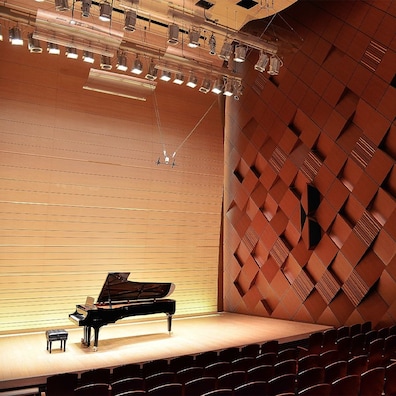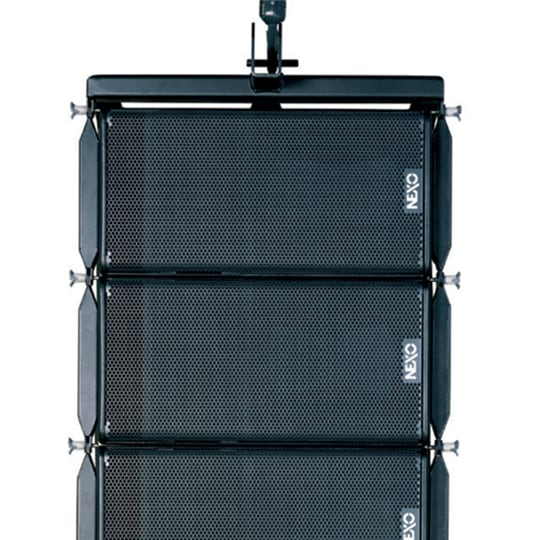Immersed In YOUNHA - Korean Star Marks 20 Years With Groundbreaking Shows
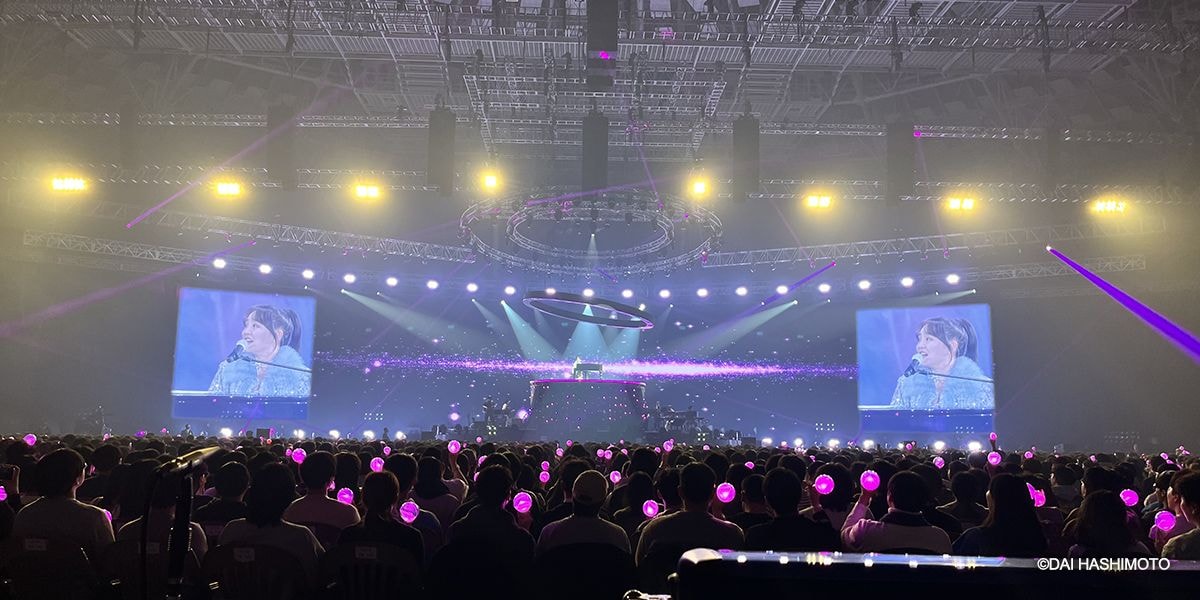
Two-days concert in early February saw Korean singer-songwriter Younha celebrate 20 years since her stage debut. To deliver an extra special audience experience at the sold out shows, for the first time a Yamaha AFC Image and NEXO immersive audio system was used at a live event with a capacity of 10,000 or more.
The setting for the shows was the 15,000-capacity KSPO Dome in Seoul, formerly the gymnastics arena for the 1988 Summer Olympics. With the concert promoters wanting to deliver an extra special event, audio production company Way Audio contacted Suyong Lee, who has experience of mixing live events at the KSPO Dome and also of creating and mixing immersive audio systems.
The event presented two main challenges. The first was that KSPO Dome is renowned for its challenging acoustics, thanks to it’s internal size, shape and long reverberation times. The second was that, in a large, circular space with the audience arranged at slightly more than 180º in front of the stage, using a conventional stereo PA meant it was difficult to control sound localization and, therefore, for listeners to perceive the position of each sound source as the Front of House engineer would intend.
The performers comprised Younha on lead vocals, piano and guitar, accompanied by two more guitarists, two keyboard players, bass guitar, drums and two backing vocalists. According to Mr Lee, in previous concerts at the KSPO Dome the sound was indistinct, with sources sounding doubled. To deliver the experience that these special shows hoped for, a new solution was needed.
THE SOLUTION
As an immersive audio engineer and former chief technology officer at SoundkoreaENG - a NEXO dealer and Yamaha AFC tuning partner - Mr Lee knew that an immersive audio system would increase the sound separation and resolution of each instrument and vocal, creating a clearer-sounding event and enhanced enjoyment for the audience.
He designed a system using nine NEXO STM series main hangs - five centre arrays each comprising 18 M46 main modules and two B112 bass modules, plus four outer arrays of 12 M28 compact main modules each.
Three central clusters of 12 S118 subwoofers each were flown above the stage in an end fire configuration, to precisely control the directivity of the low frequencies, while fills of M28 and S118 subwoofers were ground stacked across the front of the stage.
All inputs were processed through Yamaha AFC Image, with a Yamaha RIVAGE PM5 digital mixing system used for output routing. The outputs of the redundant (main and backup) AFC processors were assigned to A/B inputs. Although the system performed perfectly, as expected, it meant the inputs could be instantly switched via a user defined button in case there were any issues.
AFC Image sound objects were placed to match the position of the performers, with the object size carefully adjusted to balance the sound localization and distribution. The AFC Image mixes were routed to the nine main NEXO arrays, with a mono mix added to the outer two arrays, where coverage from the main hangs wasn’t so direct. A mono mix was also sent to the front fills, time aligned with the main arrays.
For the drums, a stereo mix was rendered with AFC Image, to ensure the individual drum microphones retained their clarity and didn’t sound doubled, as they would have if made into individual objects.
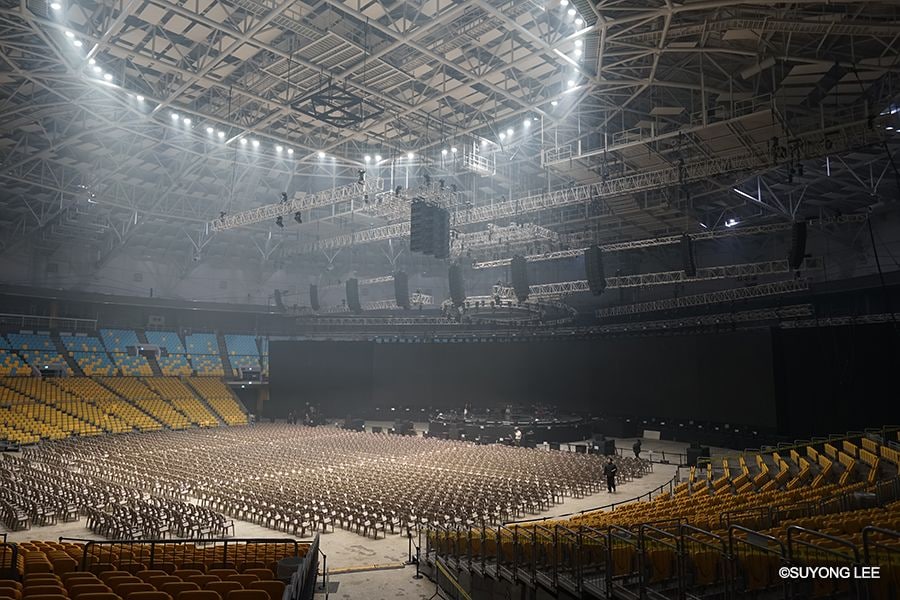
Younha’s songs cover a range of styles and tempos and, on the faster ones, the rhythm instruments could have sounded doubled when widely-placed. To avoid this, Mr Lee used AFC Image Editor to move the objects towards the centre of the stage for these songs, then to wider positions for the slower ones. He also actively moved the relevant sound objects to highlight instrument solos.
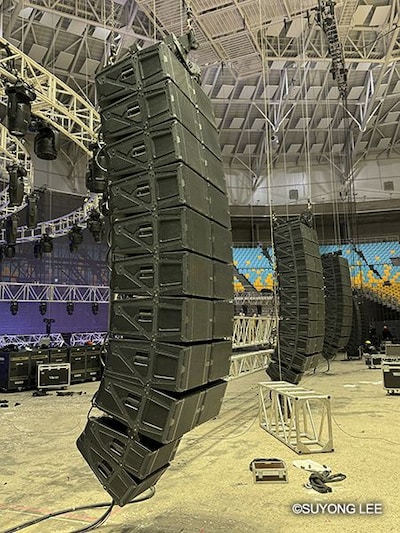
Suyong Lee says, “This concert did not sound like any previous live shows at the KSPO Dome. The NEXO system and AFC Image ensured that the sound separation and resolution of the individual instruments and vocals increased, achieving both the intended sense of localisation and mix balance, making the music sound clearer throughout the large seating area.
“After the concert, there were many social media posts from audience members who were extremely happy with the sound quality of these memorable live shows.”

The sound team: (L-R) Dai Hashimoto, Suyong Lee, Andrew Kim, Young Cheol Kim, A Ram Nam
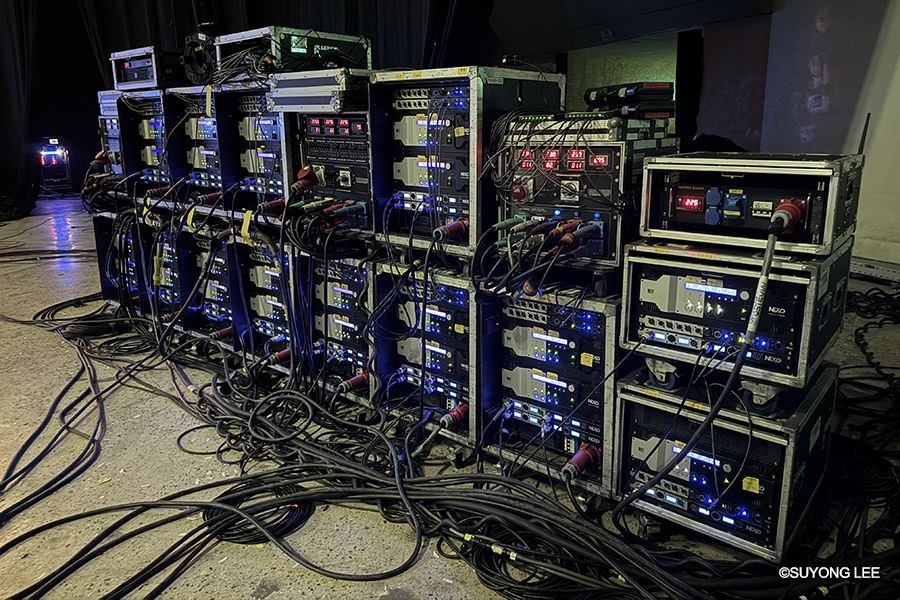
Credits
Sound System: Way Audio Co., Ltd. and STM partners Mico Sound, Master Sound
General Sound Director: Andrew Kim
FOH Engineer: Young Cheol Kim
Monitor Engineer: Hyeung Gu Kim
System Design: Suyong Lee, Yun Cheol Lee, A Ram Nam. Way Audio Co., Ltd.
Immersive Design, Processing Operator: Suyong Lee (AFC Certified Designer)
Immersive Technical Support: Dai Hashimoto (Yamaha Japan)
Location
Seoul, Korea

